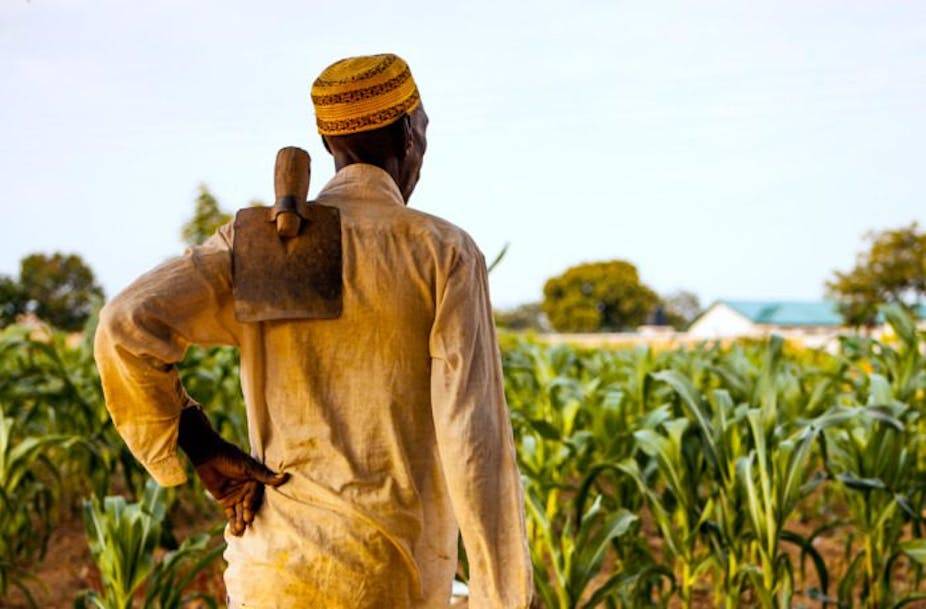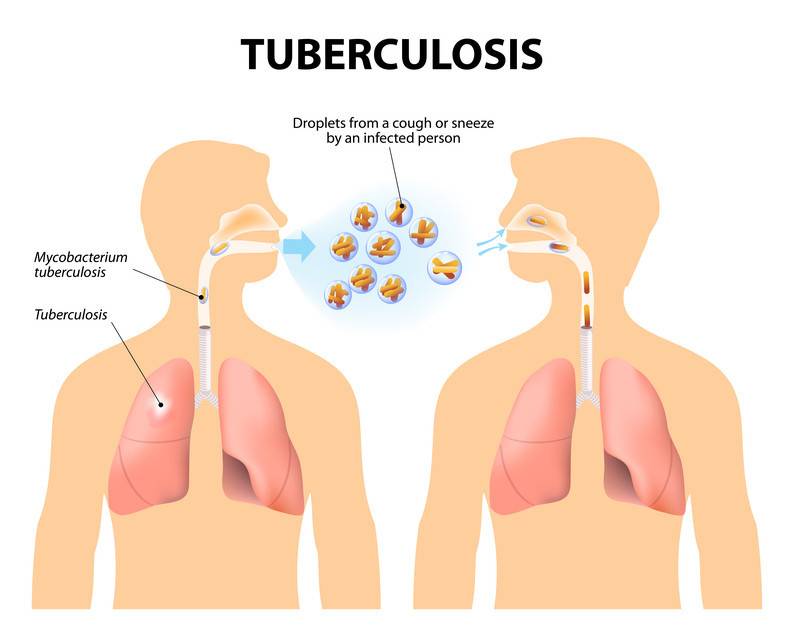 Ghana is one of the few countries often praised for achieving impressive reductions in hunger. The 2022 Global Hunger Index report reveals Ghana’s hunger score has declined by more than 50 percent since the year 2000. At the Crans Montana Forum held in November 2022, where critical issues of global food security are discussed, some of the panellists, including representatives from Ghana, credited the country’s flagship School Feeding Programme and Planting for Food and Jobs initiative for the compelling impacts on hunger reduction. These initiatives were recommended as ideal for replication in other West African states. But what these commenders failed to emphasise is the uneven geography of hunger beyond the national statistics.
Ghana is one of the few countries often praised for achieving impressive reductions in hunger. The 2022 Global Hunger Index report reveals Ghana’s hunger score has declined by more than 50 percent since the year 2000. At the Crans Montana Forum held in November 2022, where critical issues of global food security are discussed, some of the panellists, including representatives from Ghana, credited the country’s flagship School Feeding Programme and Planting for Food and Jobs initiative for the compelling impacts on hunger reduction. These initiatives were recommended as ideal for replication in other West African states. But what these commenders failed to emphasise is the uneven geography of hunger beyond the national statistics.
According to the World Food Programme’s 2020 comprehensive food security and vulnerability analysis, an estimated 11.7% of Ghanaians are food insecure. Further analysis shows some regions boast fewer malnourished and hungry populations, while others have more than the national average. The northern part of Ghana has the highest prevalence of food insecurity, at 23-49%, compared to 4-10% in the southernmost regions. This regional disparity and staggeringly skewed evidence of hunger in the northern part of Ghana raises profound questions; and thus represent an important part of my doctoral research, which broadly focuses on climate risks and food insecurity in northern Ghana.
In conducting my research, I interacted with communities in the Kassena Nankana area of the Upper East region of Ghana, mainly through household surveys, complemented with interviews and focus group discussions to give a deeper insight into the results.
The insights from research participants revealed the distinctive variations in households’ food access and food availability throughout the year. These variations are intensified by poor access to storage, transportation, and market infrastructure critical for ensuring rural households’ better food availability, access, and affordability beyond the harvesting season.
Extended hungry season and reliance on market
An aspect of my study focused on understanding households’ food availability and access throughout the year. The survey participants were asked to reflect on their household’s food availability in a typical year and rate the level of food sufficiency for each month. The rating scale was based on a score of 0-3, with 0 representing rare or not available, 1 for available, and 2 for highly available based on households’ perceived food needs.
The reported responses revealed variations in food availability and access throughout the year. Food is highly available in most households during the four-month harvesting season from August/September to November/December. Beyond this period, the quantity of households’ food stock starts to deplete and subsequently becomes rare or unavailable between the months of May and August – the period often referred to as the hungry season. These findings resonate with reports of reduced food availability and extended months of hunger in rural farming communities across northern Ghana and other deprived areas of Africa and the world.
 blogpay
blogpay























